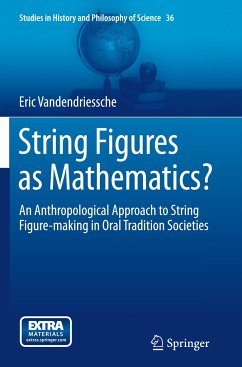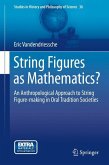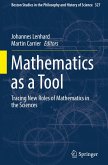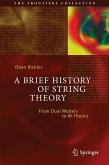This book addresses the mathematical rationality contained in the making of string figures. It does so by using interdisciplinary methods borrowed from anthropology, mathematics, history and philosophy of mathematics. The practice of string figure-making has long been carried out in many societies, and particularly in those of oral tradition. It consists in applying a succession of operations to a string (knotted into a loop), mostly using the fingers and sometimes the feet, the wrists or the mouth. This succession of operations is intended to generate a final figure. The book explores different modes of conceptualization of the practice of string figure-making and analyses various source material through these conceptual tools: it looks at research by mathematicians, as well as ethnographical publications, and personal fieldwork findings in the Chaco, Paraguay, and in the Trobriand Islands, Papua New Guinea, which all give evidence of the rationality that underlies this activity. It concludes that the creation of string figures may be seen as the result of intellectual processes, involving the elaboration of algorithms, and concepts such as operation, sub-procedure, iteration, and transformation.
"Vandenessche (Paris Diderot Univ., France) divides the volume-which is really many books in one-into four parts: 'How to Study String Figure-Making,' 'Mathematics and String Figures,' 'Analysing String Figure Algorithms,' and 'String Figures in the Field.' ... Summing Up: Highly recommended. Upper-division undergraduates through faculty and professionals." (D. V. Feldman, Choice, Vol. 53 (3), November, 2015)
"Vandendriessche gives a mathematical analysis of string figure-making. ... The author does recommend that every reader try following his instructions to create some of the string figures. I found his instructions clear and the multicolored pictures helpful. ... Anthropologists and ethnomathematicians will benefit from the richness of Vandendriessche's discussion." (Joel Haack, MAA Reviews, March, 2015)
"Vandendriessche gives a mathematical analysis of string figure-making. ... The author does recommend that every reader try following his instructions to create some of the string figures. I found his instructions clear and the multicolored pictures helpful. ... Anthropologists and ethnomathematicians will benefit from the richness of Vandendriessche's discussion." (Joel Haack, MAA Reviews, March, 2015)








